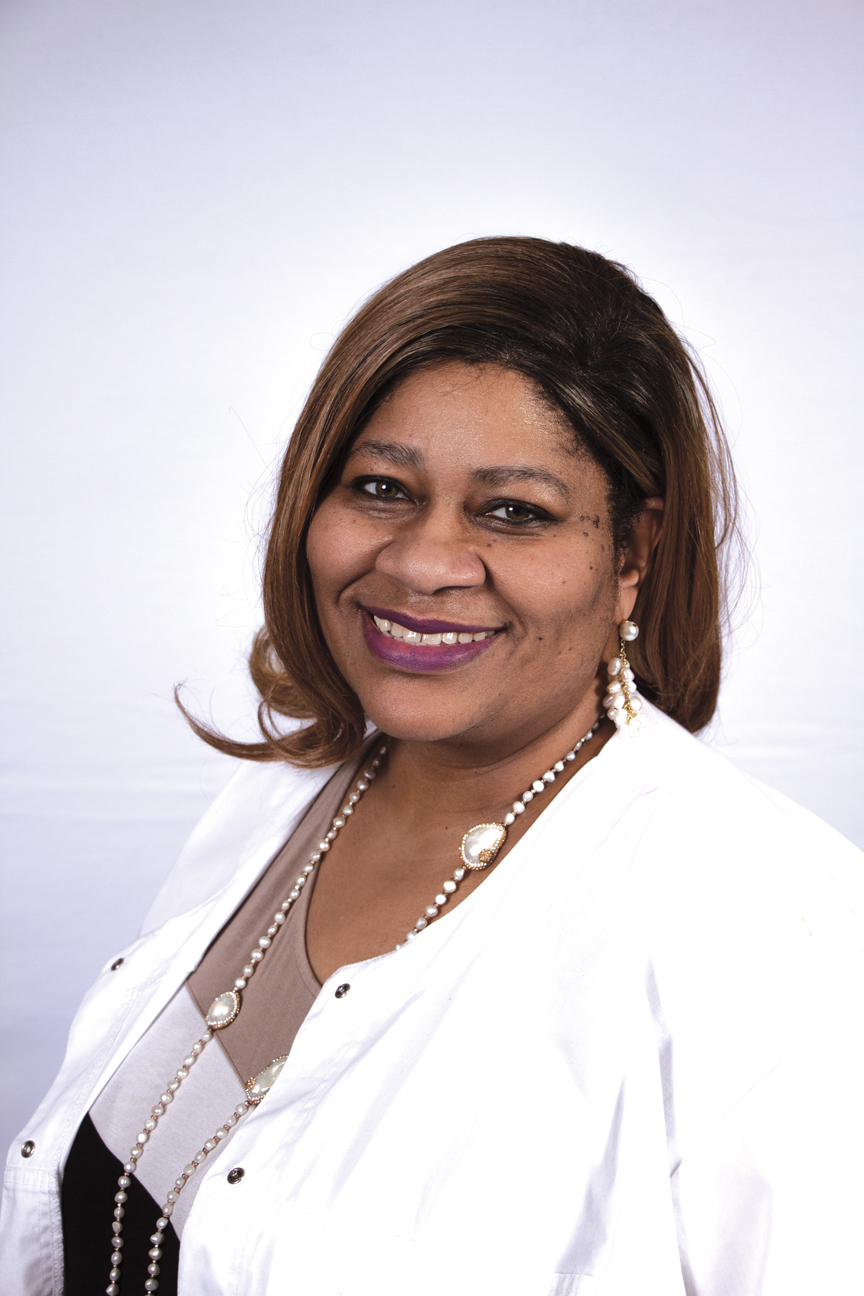
There’s no doubt nursing is a hands-on profession and more and more schools are relying on simulations to help prepare the next generation of nurses.
And in Oklahoma’s robust CareerTech system, Moore Norman Technology Center is at the forefront of using technology in nurse training.
Moore Norman Practical Nursing Coordinator Jeffery Jordan, MS, RN, MBA, CHSE, CNE, NE-BC, FAEN recently earned the international Certified Healthcare Simulation Educator (CHSE) credential.

Skill/Simulation Instructor Veretta Parker, MSN, RN, CHSE, previously earned the credential. The pair give Moore Norman the distinction of having the most credentialed simulation instructors in any of the state’s career tech centers.
Parker started the center’s simulation program 10 years ago when she came to Moore Norman and has helped grow it into what it is today.
“From the feedback I get from students they say they want more of it and it is so valuable to them because they have more confidence when they are going into a clinical setting,” Parker said. “I’ve heard from other clinical instructors and preceptors and they can really tell a difference in the ones who have had it and the ones who are lacking it.”
On average, 150 high school and adult students enrolled in one of the MNTC health programs gets a hands-on experience in the healthcare simulation lab during their training. The amount of experience varies on the type of skills they need to develop in their health program Jordan said Moore Norman students routinely pass the NCLEX exam at a rate of 95 percent or higher. During Covid, that pass rate reached as high as 100 percent.
“The majority of our graduates go on to earn their RN,” Jordan said.
Jordan explained students begin simulations through a pre-briefing detailing the scenario, disease process and any medications they will be called on to administer.
Once oriented to the patient room – which is modeled exactly like a normal patient room – the interactive simulation begins with an instructor in the other room behind a one-way window.

All events are recorded through multiple camera angles including patient assessments, interactions, use of the medication dispensing systems, even a mock phone call to a doctor for orders if necessary.
Once complete, students are taken through a post debriefing designed by Practical Nursing Instructor Lorain McKay, MS, RN., which allows for a thorough review of what just happened and improvements that can be made.
Jordan noted there is increasing evidence citing up to 50 percent of clinicals can be replaced by simulations due to the inclusive nation of the technology.
In traditional clinicals, students may or may not be able to observe or participate in the stated learning objectives due to the ever-changing patient population.
With simulations, students are able to participate in every aspects of a clinical scenario, resulting in more complete learning.
In recognition of this more robust learning environment, boards of nursing allow for students to receive two hours of clinical credit for each hour they participate in simulations led by credentialed instructors like Jordan and Parker.
Wendy Perry, Ph.D., director of health programs at Moore Norman Technology Center, says students are the ones who benefit from this mode of learning.
“We are very fortunate to have dedicated professionals like Jeff and Veretta who provide the most advanced and effective training techniques for our students,” she said.
For more information visit: https://www.mntc.edu












